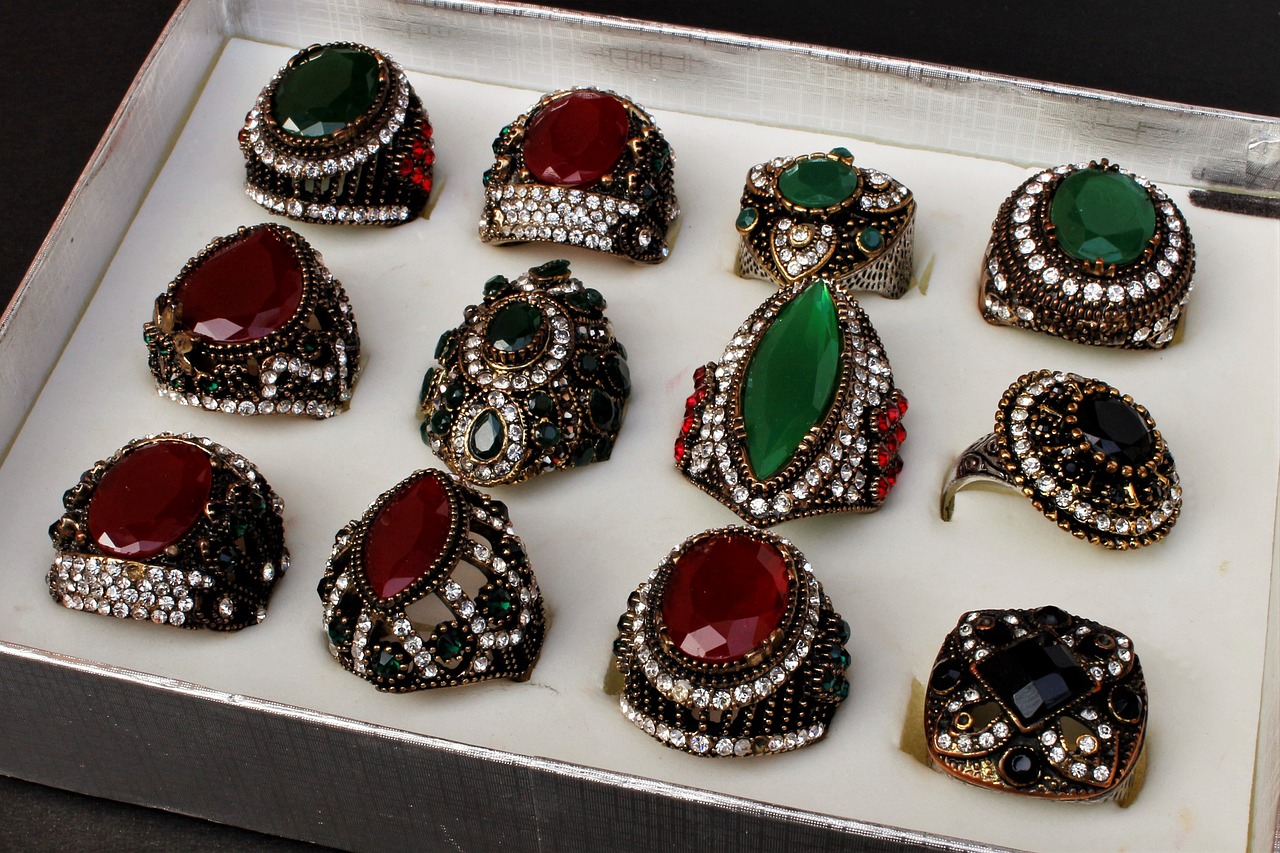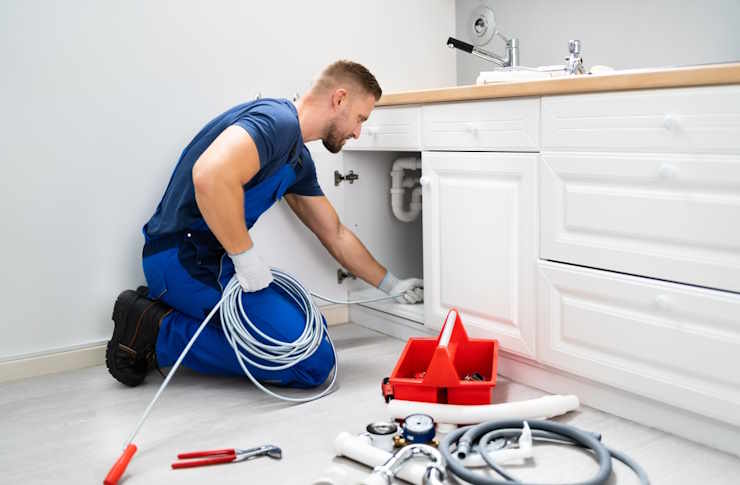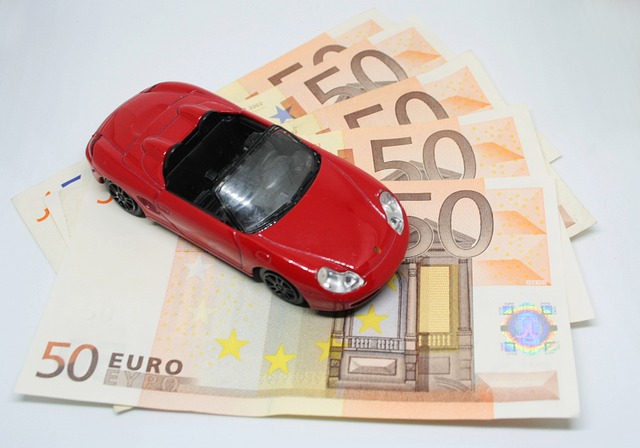Secondhand Jewelry Guide: Smart Buying Solutions
Purchasing secondhand jewelry has become increasingly popular among savvy shoppers seeking quality pieces at more accessible prices. Beyond potential cost savings, buying pre-owned jewelry offers environmental benefits and the opportunity to acquire unique, sometimes vintage designs no longer in production. However, navigating the secondhand jewelry market requires knowledge and caution to ensure you're making a worthwhile investment. Understanding how to verify authenticity, assess value, and find reputable sellers is essential for a successful purchase experience.

How to Verify Authenticity of Secondhand Jewelry
Authentication is perhaps the most critical aspect of purchasing pre-owned jewelry. Start by examining any hallmarks or stamps present on the piece. Genuine gold jewelry typically carries stamps like 10K, 14K, 18K, or 750 (indicating 75% pure gold). For platinum, look for PT, PLAT, or 950 markings. Silver jewelry should display 925, sterling, or SS stamps. Remember that these markings alone don’t guarantee authenticity, as they can be forged.
Request documentation when possible, including certificates of authenticity, original receipts, or appraisal documents from reputable gemological institutions. For designer jewelry, research the specific hallmarks and design characteristics of that brand. Many luxury brands have unique identifiers and signature elements that are difficult to replicate precisely. For example, Tiffany & Co. pieces typically have clear, consistent stamps with the company name and metal purity.
When examining gemstones, consider getting a professional assessment. Diamonds should be accompanied by grading reports from respected laboratories such as GIA (Gemological Institute of America) or AGS (American Gem Society). For colored gemstones, check for natural color distribution, appropriate hardness for the stone type, and absence of air bubbles which often indicate synthetic materials.
Assessing Value and Pricing in the Secondhand Market
The value of pre-owned jewelry depends on multiple factors beyond the original retail price. Metal content and weight form the foundation of a piece’s value—the current market prices for gold, silver, platinum, or other metals provide the baseline value. For precious metals, understand that the price is calculated based on purity and weight; 18K gold contains more pure gold than 14K and will be valued accordingly.
Gemstone quality significantly impacts pricing. For diamonds, the traditional “Four Cs” (cut, color, clarity, and carat weight) determine value. With colored gemstones, factors include color saturation, clarity, treatment status, and rarity. Vintage or antique pieces may carry additional value based on their age, historical significance, craftsmanship, and condition.
Brand reputation can dramatically affect pricing. Jewelry from prestigious brands like Cartier, Tiffany & Co., or Van Cleef & Arpels typically retains value better than unmarked pieces of similar material quality. However, this brand premium varies widely depending on the specific design, age, and condition. As a general rule, expect secondhand jewelry to be priced at roughly 30-70% of its original retail value, depending on these factors.
Finding Trustworthy Sellers for Pre-owned Jewelry
Researching sellers thoroughly is essential before making any purchase. For online platforms, examine seller ratings, customer reviews, and return policies carefully. Major platforms like eBay, Etsy, and specialized jewelry resale sites like The RealReal or Worthy have varying levels of authentication processes and buyer protections worth investigating before committing to a purchase.
Established brick-and-mortar jewelry stores that deal in estate or vintage pieces often provide more security, as they typically authenticate items before purchasing them for resale. These businesses stake their reputation on selling genuine items and generally offer return policies. Many also provide certificates of authenticity and appraisals with their pieces.
Auction houses represent another option for finding authenticated secondhand jewelry, particularly for higher-end or antique pieces. Houses like Sotheby’s, Christie’s, and Bonhams typically authenticate items before listing them, though buyer premiums will increase your total cost. For any seller, verify their credentials, including years in business, membership in professional organizations like the American Gem Society, and whether they employ certified gemologists.
Common Marketplaces for Secondhand Jewelry
The secondhand jewelry market encompasses various venues, each with distinct advantages and considerations. Online marketplaces provide convenience and often the widest selection. Beyond general platforms like eBay and Etsy, specialized sites like 1stDibs focus on vintage and designer pieces, while The RealReal and Rebag specialize in authenticated luxury items including jewelry.
Physical establishments remain valuable resources for the tactile inspection of potential purchases. Estate jewelry shops, antique stores, and pawn shops with jewelry expertise offer opportunities to examine pieces firsthand before buying. Local jewelry stores increasingly offer estate sections with authenticated pre-owned pieces, often providing warranties similar to those for new jewelry.
Auction environments, both traditional and online, represent another channel for secondhand jewelry acquisition. While traditional auction houses handle primarily higher-end items, online auction platforms like Catawiki and specialized jewelry auctions cater to various price points and styles.
| Marketplace Type | Examples | Authentication Level | Price Range |
|---|---|---|---|
| Online Luxury Resellers | The RealReal, Rebag, Vestiaire Collective | In-house authentication | $250-$50,000+ |
| General Marketplaces | eBay, Etsy, Ruby Lane | Seller-dependent | $50-$10,000+ |
| Brick-and-Mortar Jewelers | Local estate jewelers, Jewelers Row shops | Professional authentication | $200-$100,000+ |
| Auction Houses | Sotheby’s, Christie’s, Heritage Auctions | Expert authentication | $1,000-$1,000,000+ |
| Pawn Shops | Various local establishments | Basic to professional | $50-$5,000 |
Prices, rates, or cost estimates mentioned in this article are based on the latest available information but may change over time. Independent research is advised before making financial decisions.
Negotiating and Making the Final Purchase
When you’ve found a piece that interests you, strategic negotiation can often lead to better pricing. Research comparable items that have recently sold to establish a reasonable price range. For private sellers and some small businesses, respectful negotiation is expected. Having knowledge about the piece’s materials, age, and market value provides leverage in these discussions.
Before finalizing any purchase, carefully review the return policy and any guarantees offered. Ideal policies allow returns within 14-30 days, particularly for online purchases where you haven’t physically examined the item. For significant purchases, consider having an independent appraisal done soon after buying. This provides both verification of authenticity and documentation of value for insurance purposes.
Purchasing secondhand jewelry requires diligence and knowledge, but the rewards can be substantial in terms of value, uniqueness, and sustainability. By understanding authentication methods, value assessment, and seller reliability, buyers can navigate this market confidently and add beautiful pieces to their collections at favorable prices.




